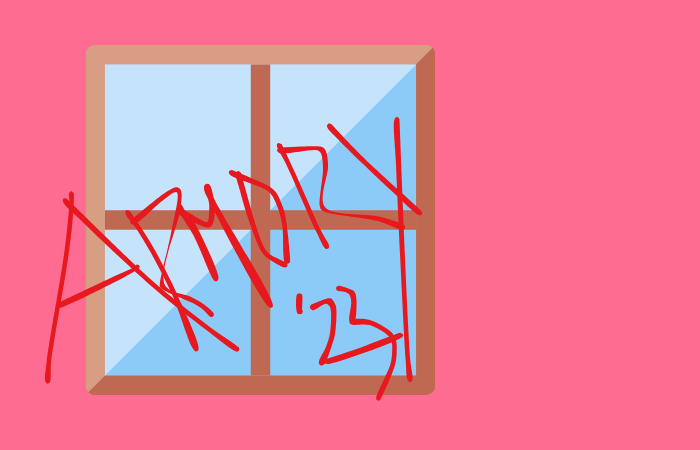Every object contains many elements — whether visible or less immediately tangible and whether the object is immediately recognizable as a composite or not, and this extends beyond simply listing the physical attributes or chemical components of a thing. Observers relate to these items circling us within physical space through means like touch or other senses, and these points of connection comprise an integral part of our actual experiences of these objects, whatever they may be.
Analía Saban and Praz-Delavallade
Exhibiting with the Paris and Los Angeles gallery Praz-Delavallade at the iteration of The Armory Show held this year at New York City’s Javits Center, the Argentine artist Analía Saban, now working in Los Angeles, adeptly highlights these sometimes less accessible components of the physical — and artistic — environments in her work. Showcased by the gallery this year were works featuring acrylic paint that Saban left to dry in long strips and then used as thread, interweaving these newly configured creative implements with pieces of linen thread.
This series of assemblages was presented flat, as though comprising historical paintings that hung on the wall — though even a cursory look revealed how these pieces brought tactile implications of paint and other artistic elements into focus, alongside their ramifications in the broader environment.
In other words, Saban clearly highlighted here the properties of paint itself that essentially extend well outwards from its physical form, and that transmutation continues to what the artworks directly evoke and suggest beyond the tools creating them.
On a foundational level, Saban mirrors woven household goods or related personal implements with the manner in which these wall hangings were constructed, isolating and further relaying the act of physical creation — even if mediated by machine — that defines these objects’ worldly presence. The earthy tones of the linen that intermingles with the black acrylic paint add to the distinct impression of physicality, as though showing the inverse of a historical, figure-based painting — revealing the wordless, physical qualities of experience that, without clear correlate in consciously distinguishable form, nonetheless course through our lives.
Saban’s work curated for The Armory Show also carries a social implication, because the sharp contrast between what’s perhaps often expected of paint and what she does with it here showcases the assertion of primacy that does, in fact, underlie many works setting the course for some art history — and where progenitors of that history have attacked contrasting creative traditions, including within their own geographies. While modern technology has greatly increased the means through which individuals can do so, there are assertions of presence and place that define creative works, and pieces of art with which many might be most familiar aren’t without an inherent claim to a particular, specified manner of working — even if some observers might take that ramification for granted because of being used to the process.
To put it differently, we’re all making some claim to uniqueness, and those who came earlier — or were simply more prominent! — aren’t inherently the standard because they arrived on the scene first.
Notable Examples
Saban’s art showcases what’s sometimes beneath — the moment of sparking some scene into being, without necessarily a distinct endpoint, because it doesn’t have to carry one.
In their titles, the specific series of works highlighted from Saban at New York’s Javits Center this year evoke modern business. One large piece that hangs on the wall, “Market Trend #5935,” 2022, features — as its moniker suggests — a line evocative of the performance of a particular stock. (Check out an image here.) Here, it’s upwards in motion, and the included acrylic paint (which again is interwoven in dried, thread-like pieces with linen thread) is a playful green, clearly outlining a financial boost.
Across the piece, a portion of the paint is highlighted with much less of the linen thread moving over it, and this more exposed part of the dried paint creates that financially evocative line. It’s striking to compare the sweeping ambitions of modern business with the isolated line conveyed through just a few materials. This particular piece is a thicket of opportunity, capturing the moments where items and ambitions more huge and sweeping intersect with something more limited in scope. It’s a reminder of what lies beneath (to be highly specific) modern business — alongside what “lies beneath” in general.
Other, smaller pieces from Saban at the physical incarnation of the fair created a rhythm among themselves, though they’re technically individual works. (“Market Trend #5935” is over six feet in height, while these others are 16 inches.) The accompanying series was comprised of wall hangings that were crafted through various weaving techniques into pie charts, and the distribution of the portions of the “pie” varied, creating that energetic, reverberating motion as your vision swept across.
This collection from Analía Saban remains viewable over on Artsy right here. Despite the show having ended, I wanted to put this up because of my abiding interest in the work and to create essentially a record.
You may also like
-
Diana Kurz at Lincoln Glenn in New York: A Review of a Shining Art Exhibition
-
Dustin Hodges at 15 Orient in New York City: An Ensnaring Exhibition at an Exciting Gallery
-
Maren Hassinger at Susan Inglett Gallery in New York: Reviewing an Uplifting Art Exhibition
-
Enzo Shalom at Bortolami in New York City: Reviewing an Entrancing Exhibition of Paintings
-
“Ben Werther: Townworld” at Amanita in New York City: Reviewing a Richly Memorable Art Exhibition
